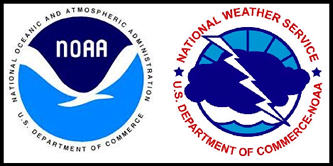RSS feed source: US National Weather Service
At 118 AM CDT, Doppler radar was tracking strong thunderstorms near the Kansas-Oklahoma state line 3 miles northeast of Englewood Kansas and 8 miles southeast of Acres Kansas. Movement was east-southeast at 20 mph. HAZARD…Wind gusts up to 50 mph and nickel size hail. SOURCE…Radar indicated. IMPACT…Gusty winds could knock down tree limbs and blow around unsecured objects. Minor damage to outdoor objects is possible. These storms will remain over mainly rural areas of northwestern Harper County.
Click this link to continue reading the article on the source website.


